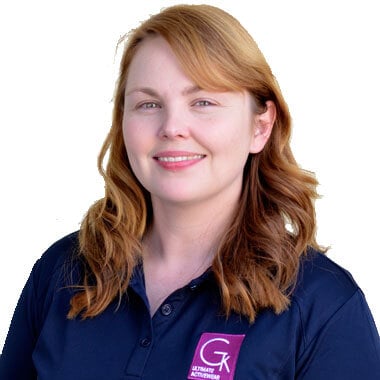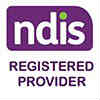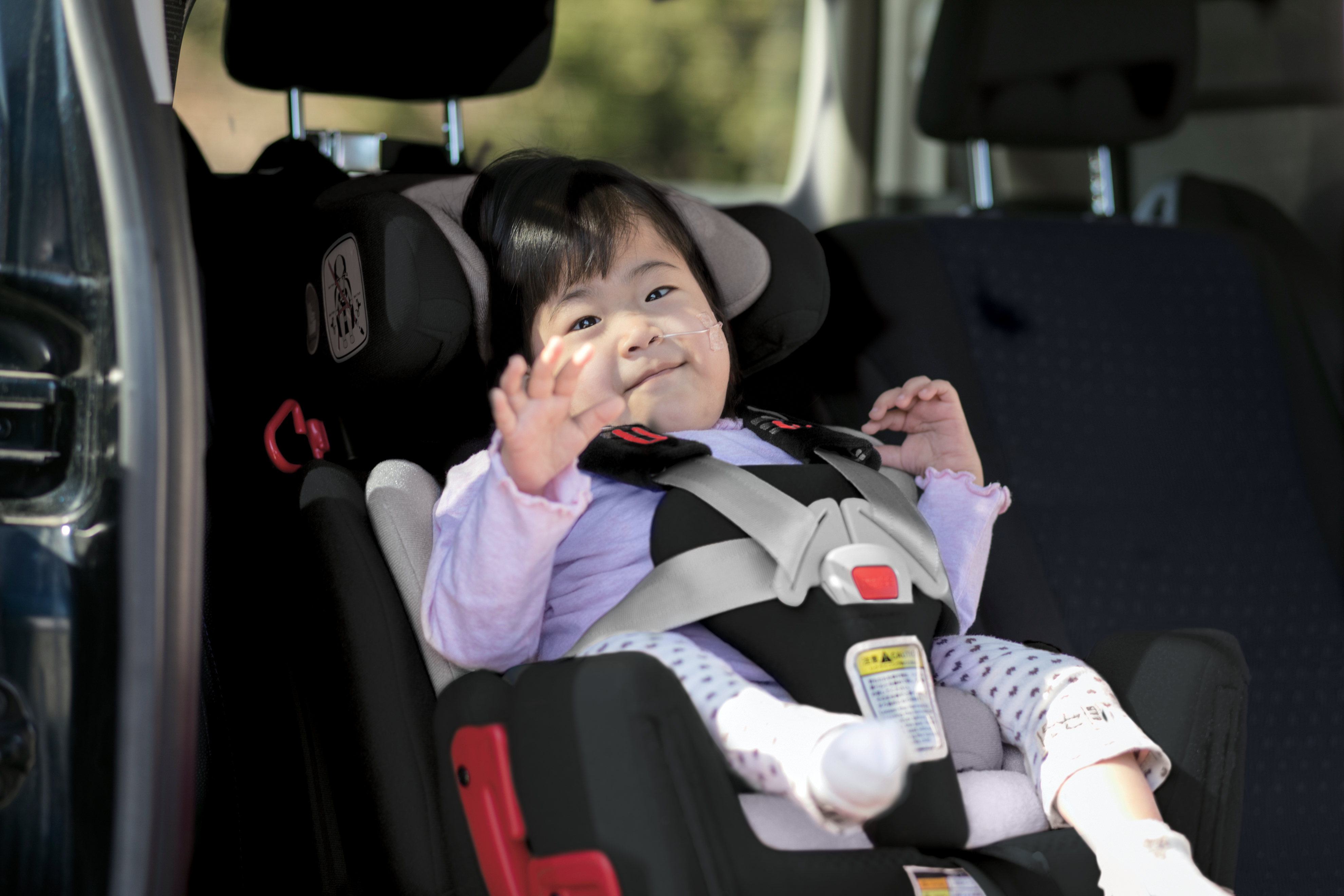
Getting to grips with the regulations regarding child restraint systems in Australia can be difficult. We usually want to refer to the relevant Australian Standards, but the current Australian Standards do not cover special purpose car seats and there is often confusion around the use of tether straps and swivel bases on special purpose car seats sold in Australia.
One organisation doing great work in this area is Mobility and Accessibility for Children in Australia Ltd (MACA). MACA is a not-for-profit registered charity dedicated to advancing the rights of children with disabilities and medical conditions to safe and accessible transport, and the information below is generously made available by MACA. We hope the information below helps in some way, and we recommend a visit to the MACA website for more details.
Australian and Overseas/International Standards
Australian and overseas standards and regulations provide requirements to support the design, safety and use of child restraint systems in motor vehicles. However, these standards/regulations differ, particularly for child restraint systems designed for children with disabilities and medical conditions.
There are many differences in the requirements of each standard and regulation in Australian and overseas standards. This impacts on how they are installed and used in motor vehicles. The Australian standard has more dynamic testing requirements, including frontal, side, rear (for some restraints), and inverted for baby restraints to test for occupant ejection. It also tests to a greater force than overseas standards. Side impact protection is a key feature of Australian standard car seats and until recently Australia had the only standard in the world requiring side impact testing. However it has recently been introduced in the European Standard and has been proposed for the US and Canadian standards. This means we are likely to see improved side impact protection features for some special purpose car seats in the future.
US and Canadian child restraints generally have a 6 year life, whereas Australian Standard restraints have about 10 years, due to the mandatory use of UV and thermal stabilisers. Australian standard car seats use shoulder height markers and approximate age to guide use, similar to the European standard ECE r129. Whereas the European standard ECE r44 only uses occupant weight (up to 36 kg). In contrast, the US and Canadian have no weight requirements, therefore special purpose car seats from North America permit higher occupant weight.
Child restraints sold through shopfronts in Australia (car seats sold through places like baby stores or department stores) are designed for children without additional needs and comply with the Australian Standard, whereas special purpose car seats comply with overseas standards/regulations. This is because, unlike the Australian standard for child restraints, overseas standards and regulations provide safety and performance requirements for special purpose car seats. This means all special purpose car seats available in Australia comply with overseas standards or regulations, such as the ECE R44/04.
What about swivel bases and tether straps?
The Australian Standards currently state that all Australian Standard compliant rearward and forward facing car seats and booster seats that weigh more than 2kg are required to have a top tether. This is referring to car and booster seats sold by shopfronts designed for children without additional needs, like a commercially available car seat you can purchase from Baby Bunting or BigW.
This is different to overseas standards. For example, the ECE r129 requires the use of ISOFIX attachments only for installation (there is no option for using the vehicle seatbelt like in Australian standard car seats) – in combination with either a foot prop or top tether.
For many families who require a special purpose car seat for a child who needs extra support, the swivel base is important as it makes transferring the child to and from the car seat so much easier and safer. Because of the confusion around whether Australian Standards apply to special purpose car seats, there is often the inaccurate perception that you need to use a top tether strap with all car seats in Australia, which impacts on the usefulness of the swivel base. This is incorrect, as special purpose car seats with a swivel base do not have to conform to Australian standards as they meet overseas standards and regulations.
What does it all mean?
We hope you've made it through all the standards jargon and are still with us! To summarise, the special purpose car seats sold by GTK for children who need more support than what a standard car seat can provide do not comply with the Australian Standards as there is no scope within those standards for special purpose car seats. Because of this, the overseas standards are used to ensure that special purpose car seats sold in Australia are safe and fit for purpose.
What does this mean for people considering a special needs car seat? It essentially means that you can use your swivel base with ISOFIX attachments without necessarily needing a top tether strap. We do suggest having a medical exemption letter easily available in your car from your medical practitioner explaining the need for a special purpose car seat, just in case the relevant roads authority need to see it.
Our range of special purpose car seats is available here. We're always available to help with advice on car seats or to arrange a trial - just get in touch with us via the link below.



